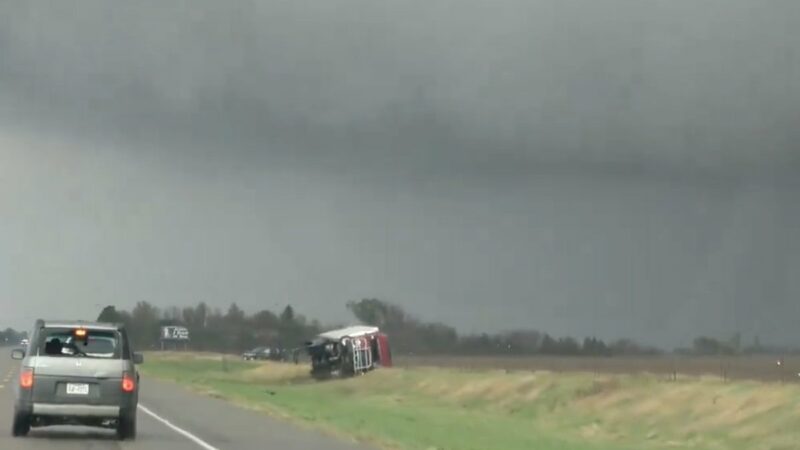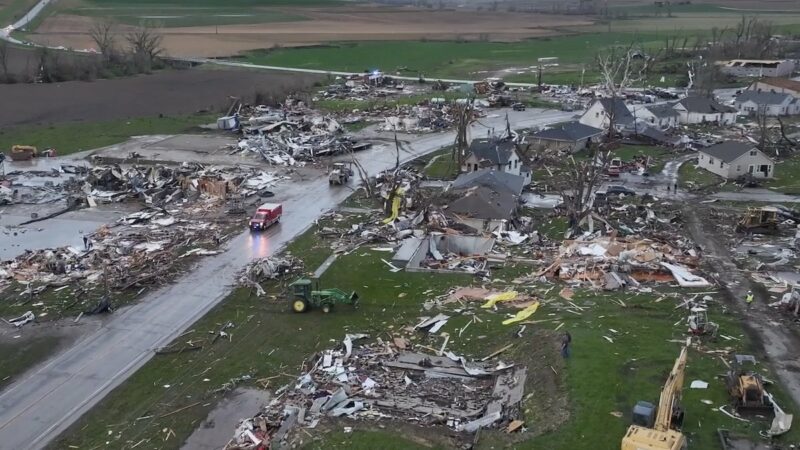The Wildest Whitewater Rafting Trips in the U.S.
Whitewater rafting offers not one, but multiple shots of adrenaline as you buck through unruly waves and surge down drops on a roiling river. If you can swim and paddle a canoe or kayak, you can ride most rivers with the help of reliable outfitter. The question is: where to go?
How Does Whitewater Classification Work?
Before you can pick a river, you need to know its whitewater classification. Most rivers, except for the Colorado River through the Grand Canyon, are rated on a scale of I to VI. Note: A river’s rating can vary depending on its flow rate, measured in cubic feet per second (CFS). These rates are higher in the spring, then decrease over the summer and fall (unless it is controlled by a dam). A high flow rate equates to more powerful hydraulics, which generally increases the challenge. The rating also takes into account the obstacles (such as rocks) and size of the cascades, which might be trickier to navigate when the water level drops.
Here’s an overview of each class:
Class I: Moving water but almost flat or only small waves. Shallow. No dangerous obstacles. OK to do it yourself with limited previous paddling experience.
Class II: Small to moderate rapids with few obstacles and lots of room to maneuver. You’ll get splashed and have fun. If you’re a competent paddler, these are generally ok to do it yourself. If you’re a nervous newbie, go with a guide.
Class III: More and bigger waves in varying patterns, rocks that you need to steer around, and eddies. You should have skill at maneuvering a raft and know what to do in the unlikely event that the raft tips over someone falls in. Otherwise, go with an outfitter.
Class IV: Sustained rapids with powerful waves, aggressive eddies, and many hazardous rocks. Go with an experienced guide unless you are an expert rafter.
Class V: Competent paddlers only, with a seasoned guide! Lots of dangerous rocks, visible and submerged, that are difficult to steer around, substantial drops, and powerful, violent hydraulics. The river keeps coming at you, so you better know your stuff.
Class VI: Unnavigable and extremely dangerous. Don’t run it.
Now that we have a sense of the ranges of rivers, it’s time to get wet. Here are six rivers in the United States that are among the wildest for whitewater rafting:
1. New River Gorge, West Virginia
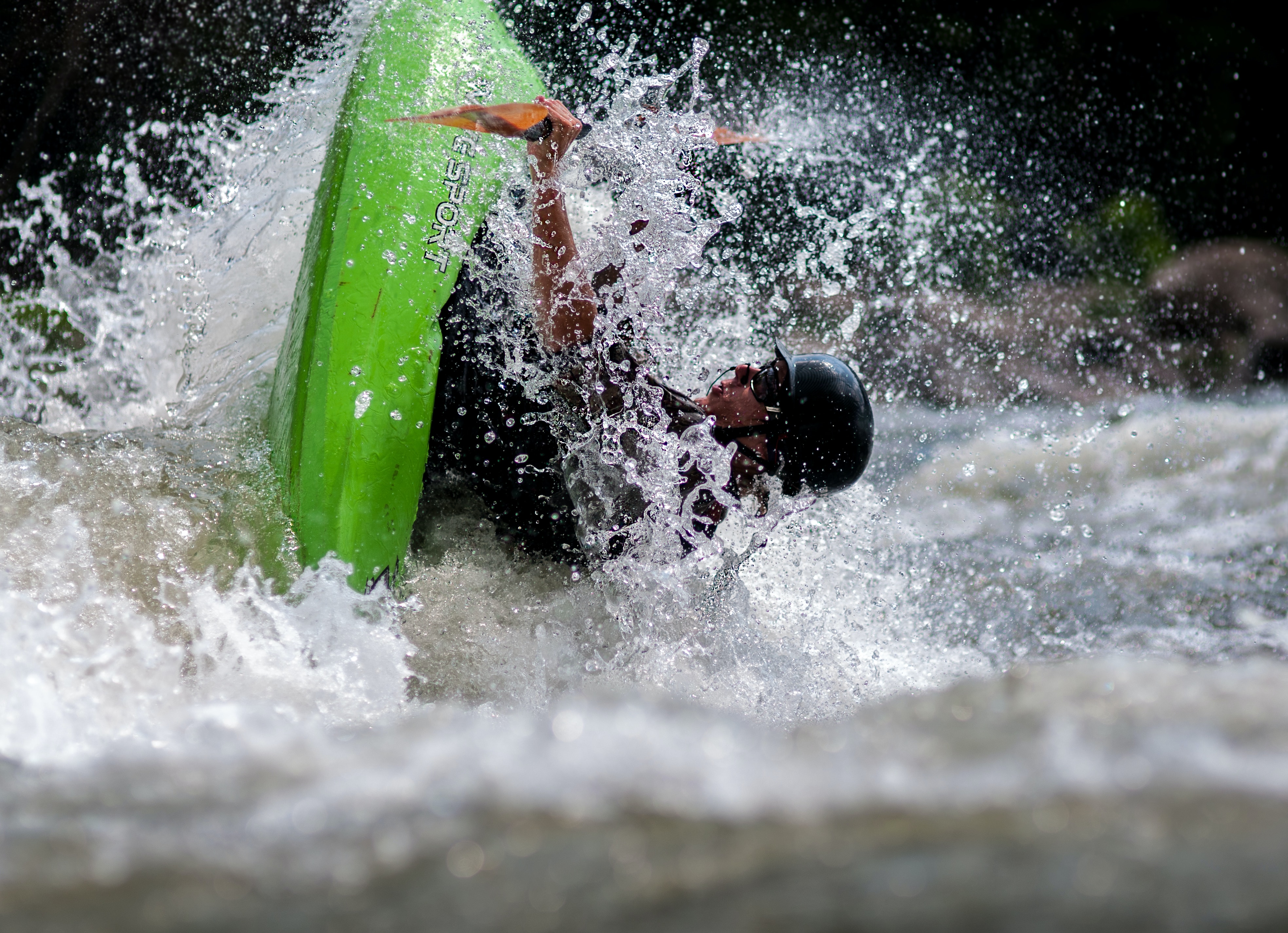

What better way to experience America’s newest national park than on its namesake river. In addition to the whitewater action, you’ll pass by the ruins of several historic coal mining towns and ancient geologic formations as you travel through primal Appalachian forest.
Rating: Class I-III from Hinton to Thurmond. Class IV-V from Thurmond to the New River Gorge Bridge (US Hwy 19), near Fayetteville.
When to go: April to October
2. Royal Gorge, Colorado
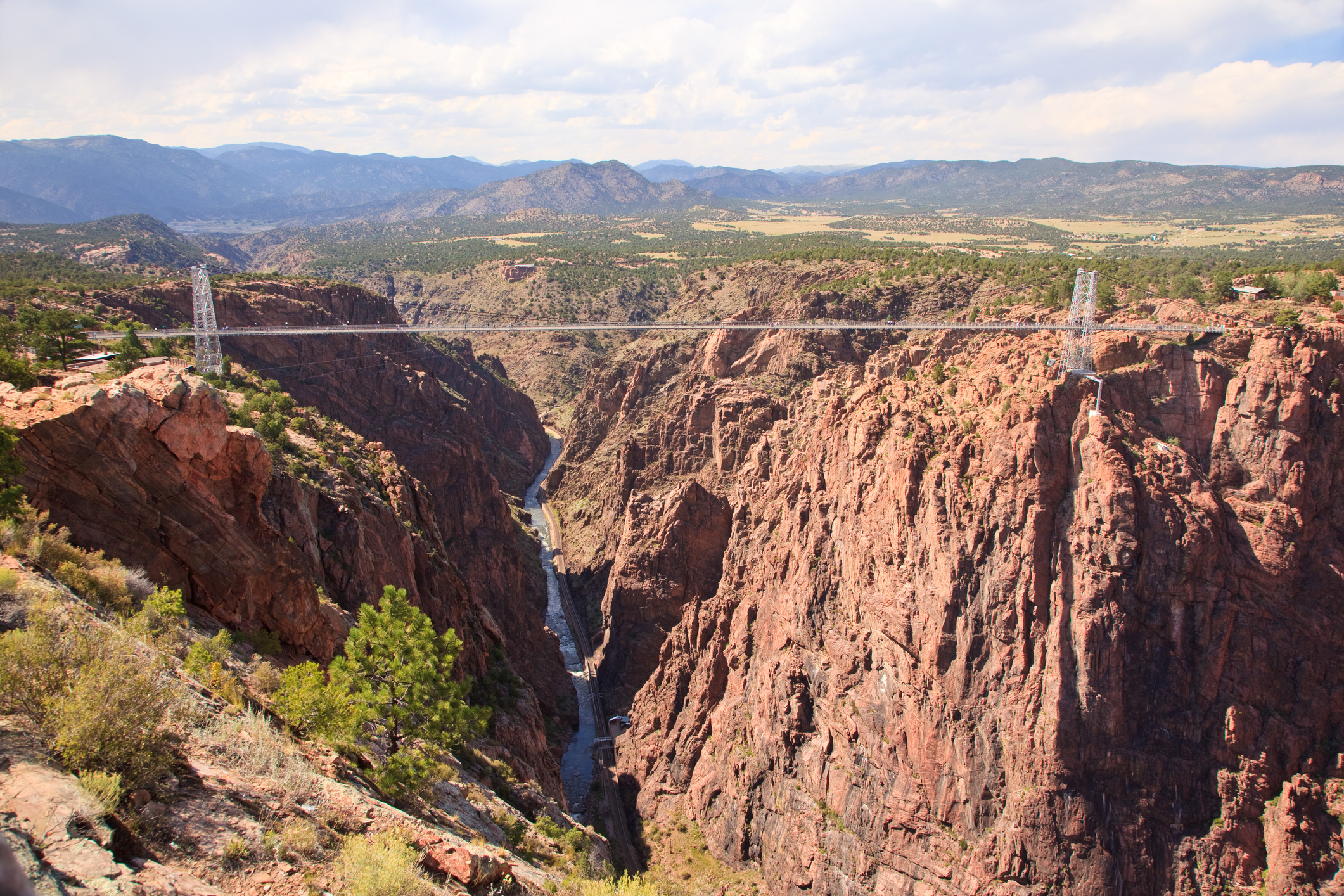

The 10-mile stretch of the Arkansas River from Parkdale to Canon City is world-renowned for its monster waves and adrenaline-pumping plunges. The rapids are nonstop down this narrow canyon with its sheer 1,000-foot walls.
Rating: Class IV-V
When to go: Early to mid-June for the biggest water. Summertime is friendlier for families and inexperienced thrill-seekers.
3. Kennebec River, Maine
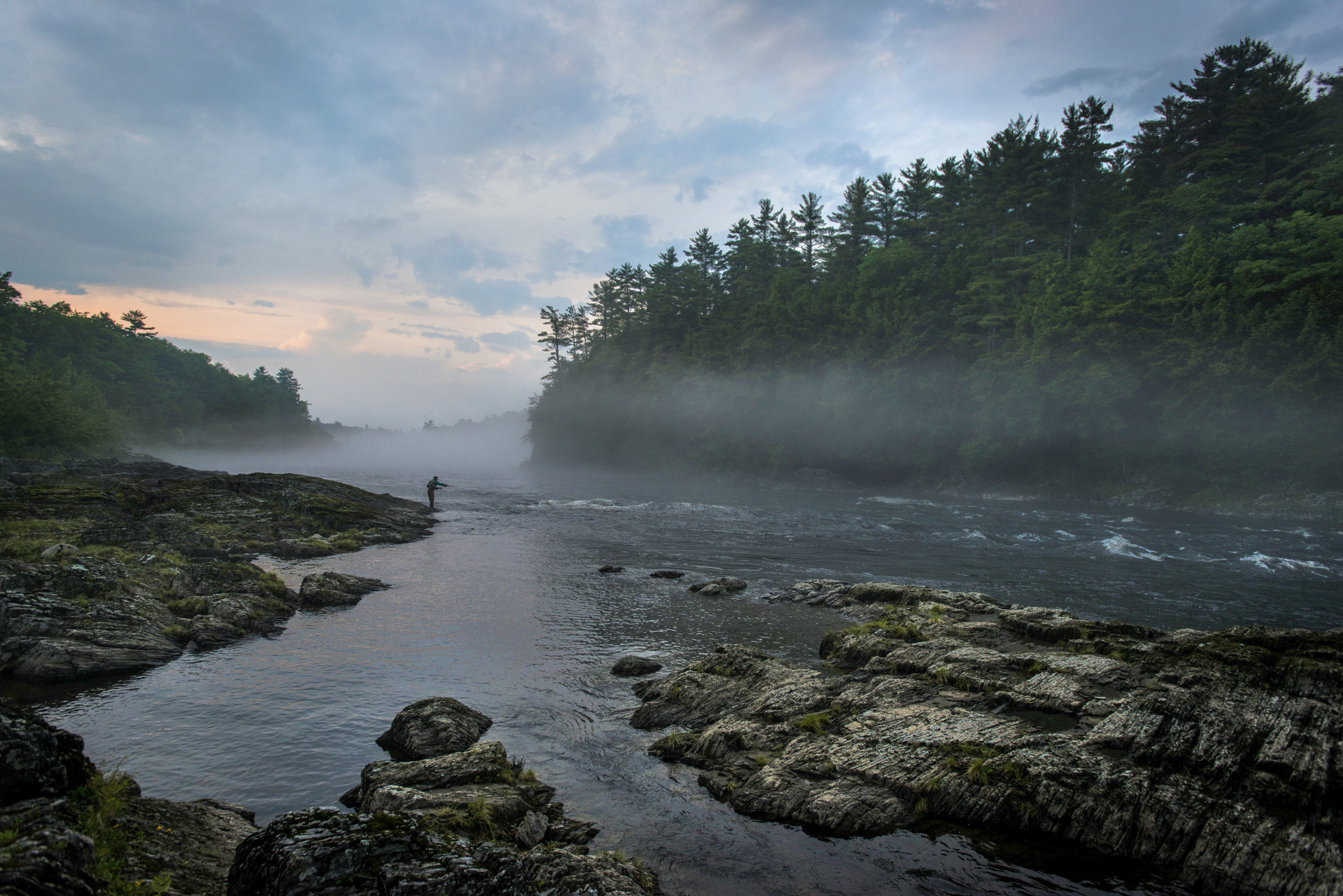

The legendary Kennebec River near The Forks boasts unwieldy waves and dramatic drops. The first half of this 12-mile rafting trip travels through a dramatic gorge where daily dam releases guarantee heart-pumping whitewater. Then the river reveals a more placid personality as you drift through acres of northern forest.
Rating: Class III-IV
When to go: Mid-April through early October. For the most action, book a “Turbine Test Day”, when the dam sends double the water (8,000 CFS) down the river. In 2023, turbine tests will be on June10, July 3, September 9 and September 23.
4. Upper Klamath River, Oregon
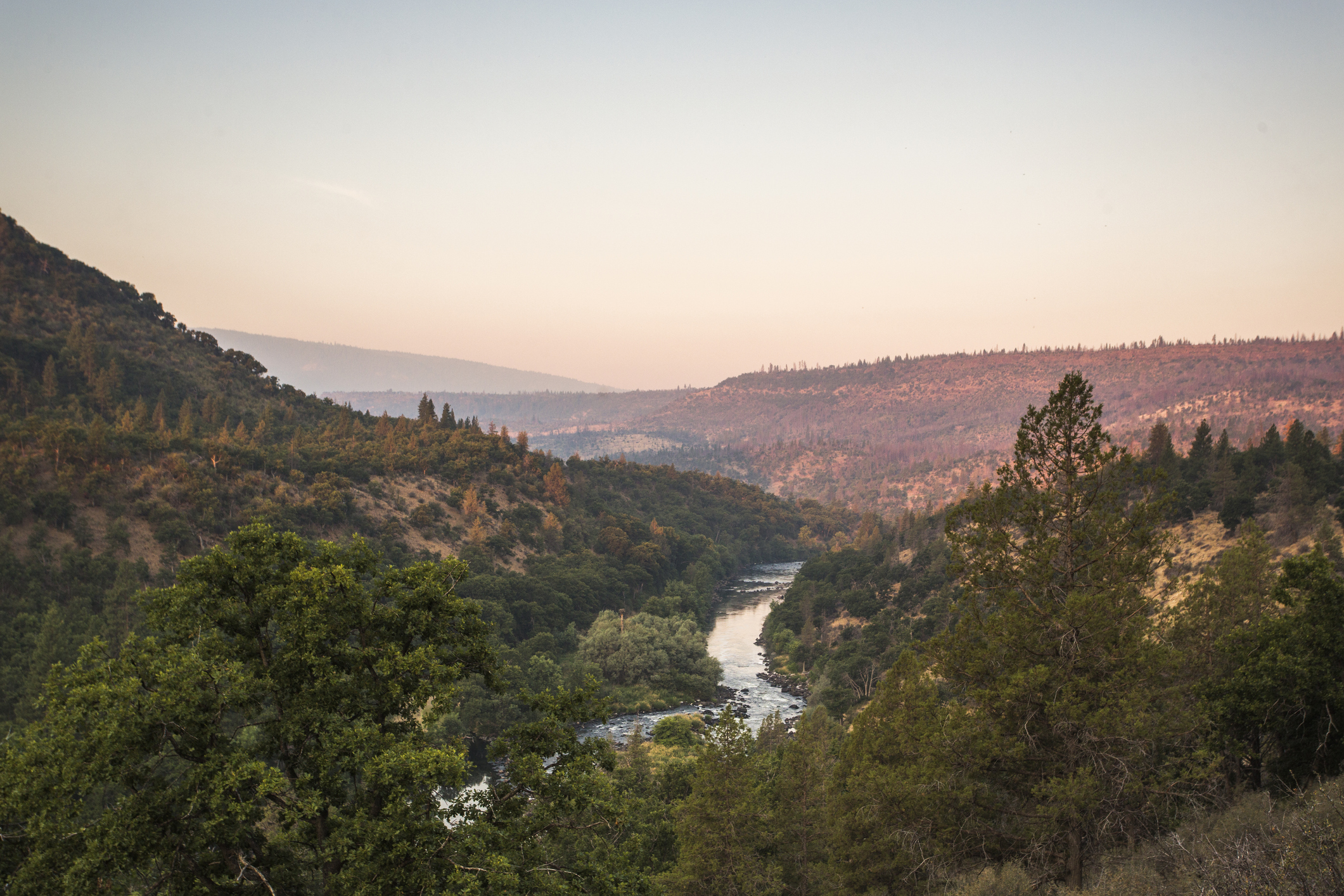

After a brief warm up on a short stretch of Class III rapids, the Upper Klamath rock-and-rolls for 11 miles down Class IV+ whitewater. Dam releases ensure a non-stop whitewater rodeo through a steep-walled canyon and a desert plateau until you cross the state line into California.
Rating: Class III-V
When to go: April to October
5. American River, California
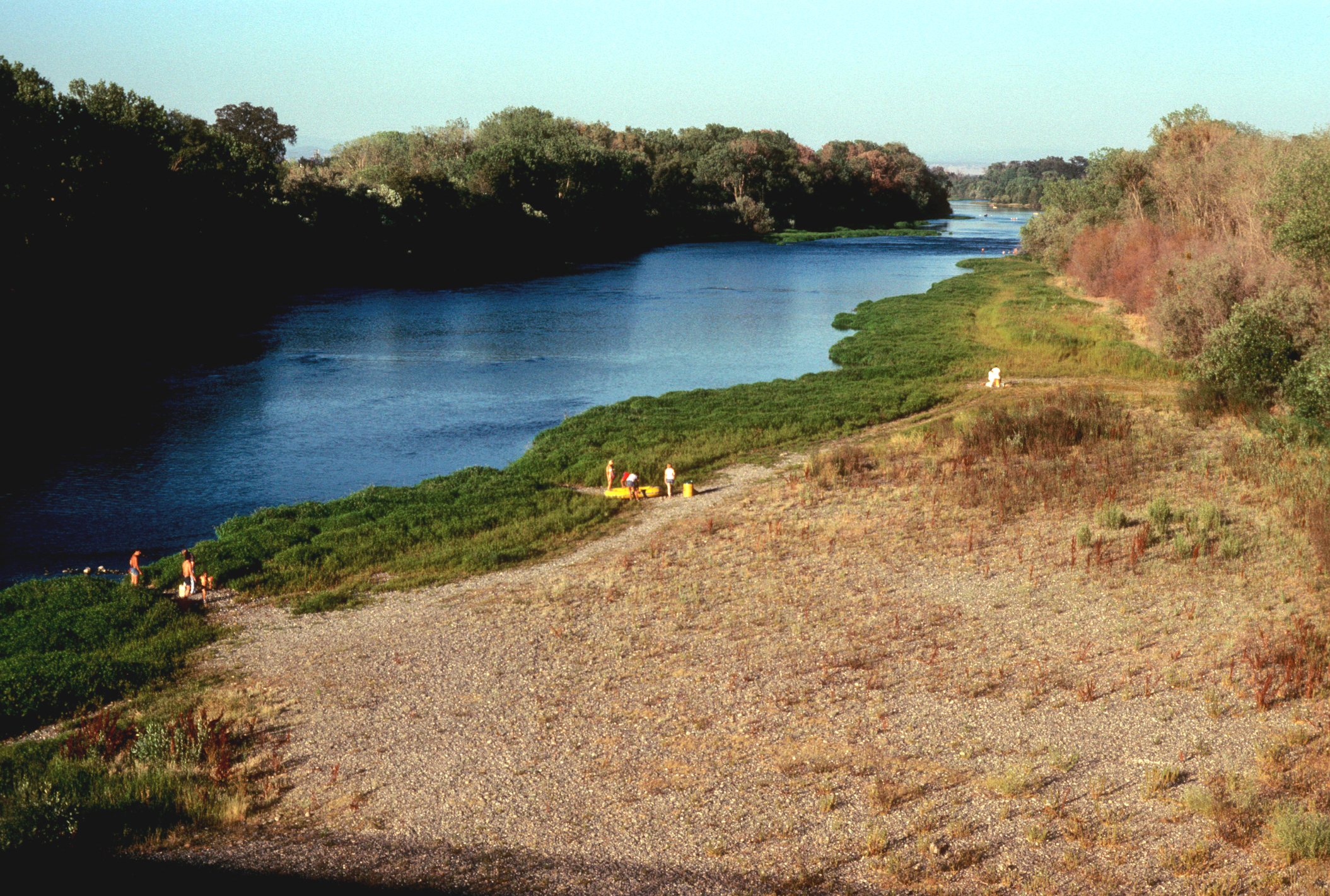

The three forks of the American River – North, Middle and South – flow from the Sierra Nevada near Lake Tahoe toward Sacramento, and all three are whitewater meccas. The North Fork is the wildest and free-flowing. The Middle Fork also boasts big water thanks to a narrow canyon. The tamer, busier South Fork is perfect for groups and families. Both the Middle and South Forks are dam controlled with reliable water volume throughout the summer.
Rating: Class II-III (South Fork); Class III-IV (Middle Fork), Class IV+ (North Fork)
When to go: North Fork: April-June (It dries up after that.)
Middle Fork – April-early September
South Fork – Early May-last September
6. Grand Canyon, Arizona
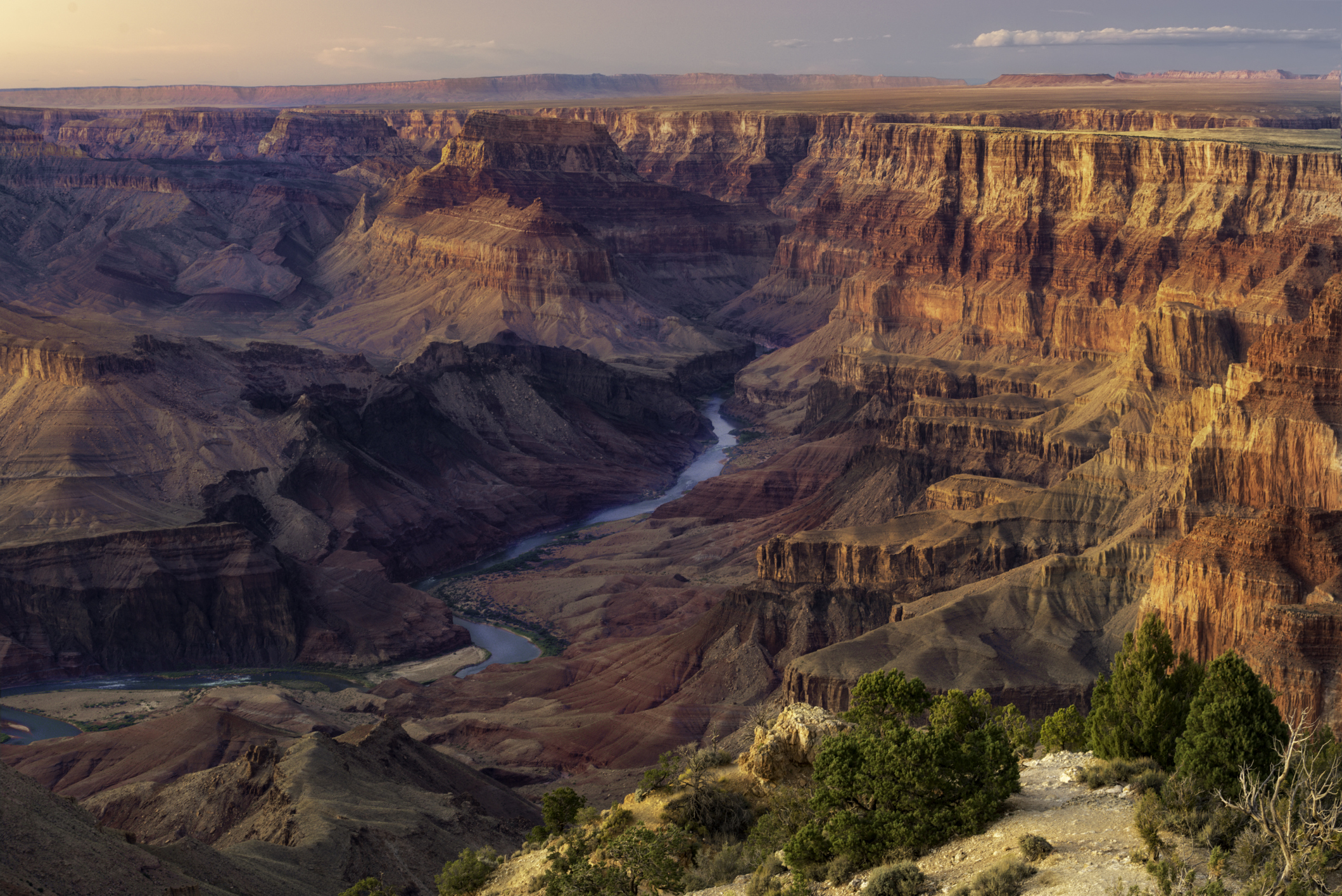

The granddaddy of all whitewater rafting trips, this multi-day trip is one of the greatest adventures on earth. The Colorado River’s frigid aquamarine water combined with the canyon’s ever-changing geologic formations, massive overhanging cliffs, tumultuous rapids, and rare flora and fauna make this truly a life-list experience.
Rating: I-X (comparable to Class V). The Grand Canyon is the only river that has rapids that go up to Class X because it was rated before the current international system was implemented.When to go: April to October. Note: July and August are monsoon season, with sporadic heavy rains and potential flash-flooding down tributaries.
Source: https://outdoors.com/wildest-whitewater-rafting-trips-in-usa/


